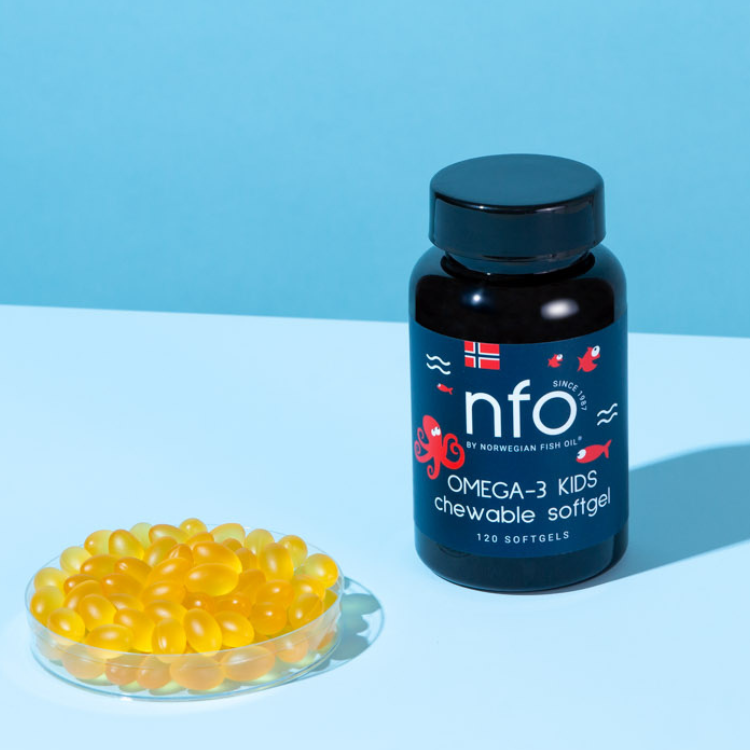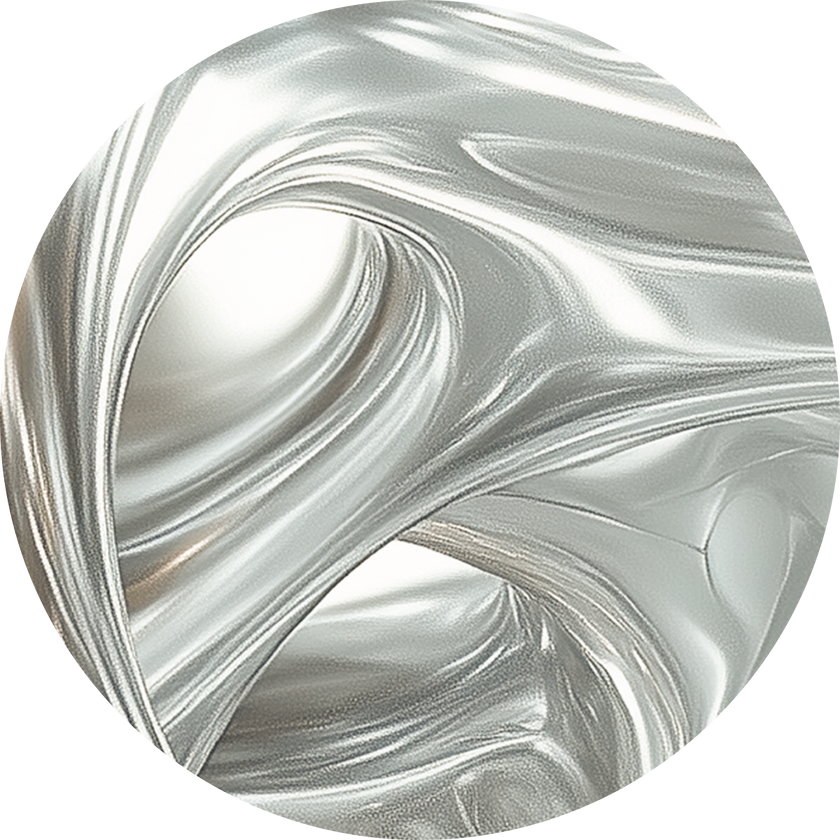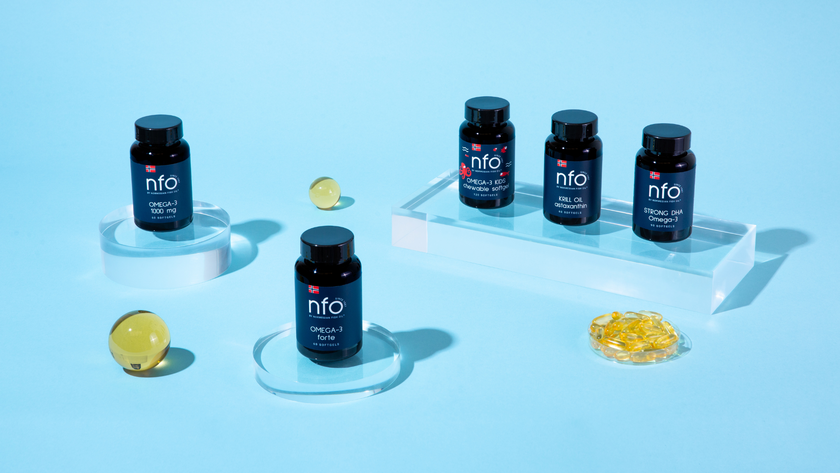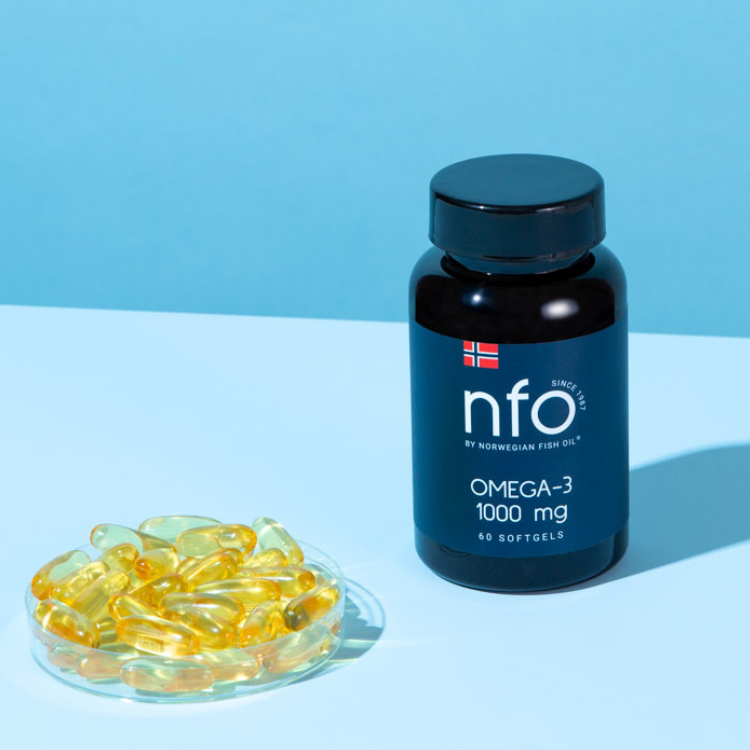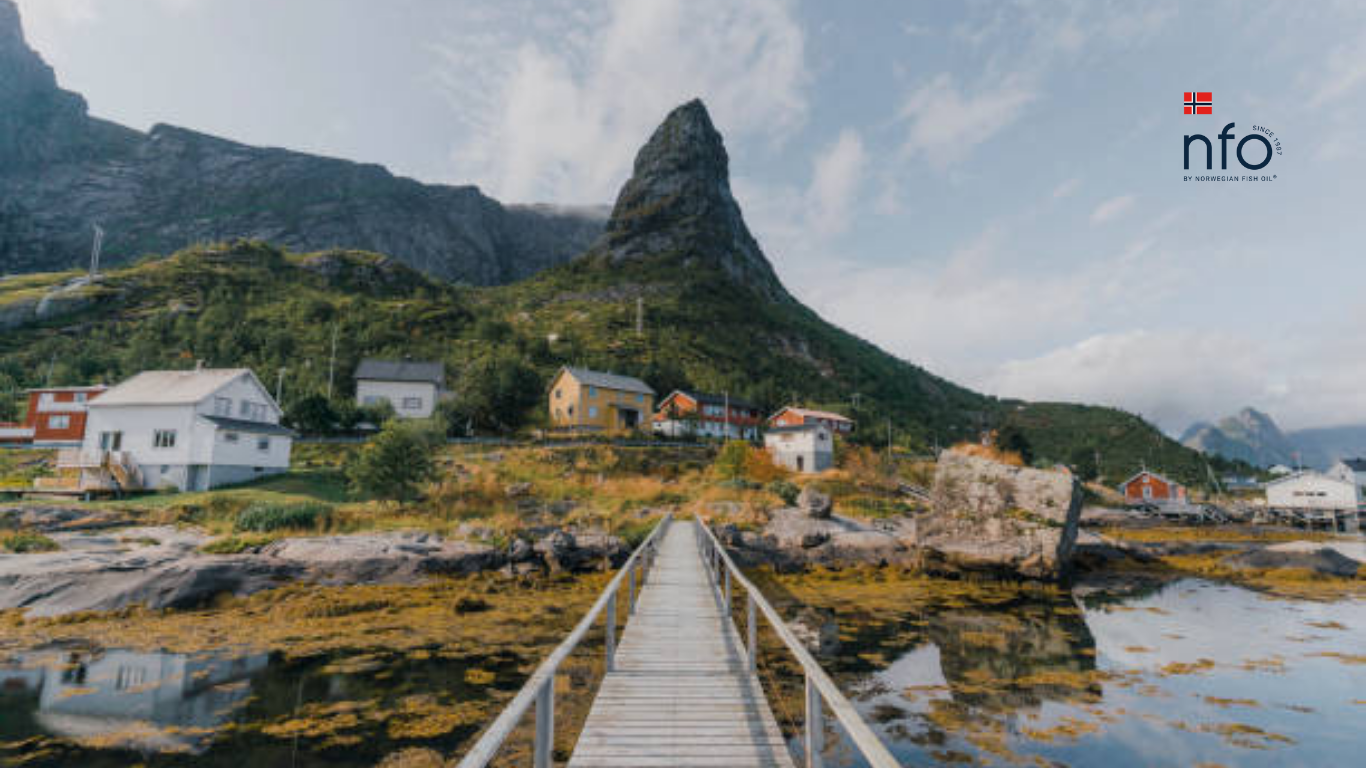Salmon has earned its place as one of the most beloved fish around the world, praised for its high omega-3 content, versatile taste, and strong health credentials. But not all salmon are the same. On supermarket shelves, you will find two major types: wild-caught and farmed. Which one is healthier? Which is more sustainable? And what should you really know before choosing one over the other? This blog explores the debate in depth, so you can make an informed decision.
1. Introduction to Salmon Types
Wild salmon are caught in their natural habitats such as oceans, rivers, and lakes. Common wild species include sockeye, coho, and king salmon. Farmed salmon, on the other hand, are raised in large-scale aquaculture operations, usually in sea pens off coastal waters. Norway, Chile, Scotland, and Canada are some of the largest producers (Global Salmon Initiative, 2023).
2. Nutritional Differences
One of the most cited reasons for eating salmon is its nutritional profile. But how does wild compare to farmed?
According to the USDA FoodData Central (2023), 100 grams of farmed Atlantic salmon contains approximately:
- Calories: 206
- Protein: 22g
- Fat: 13g
- Omega-3 fatty acids (EPA+DHA): ~2.3g
By contrast, 100 grams of wild salmon (sockeye) contains:
- Calories: 146
- Protein: 20g
- Fat: 5g
- Omega-3 fatty acids (EPA+DHA): ~1g
3. Omega-3 and Heart Health
Omega-3 fatty acids are essential for human health, especially for reducing inflammation, improving heart health, and supporting brain function. According to the American Heart Association (2023), eating oily fish such as salmon at least twice a week can significantly lower your risk of heart disease.
4. Contaminants and Toxins
One major concern surrounding farmed salmon is the presence of contaminants. Studies have shown that farmed salmon may contain higher levels of polychlorinated biphenyls (PCBs), dioxins, and pesticides (Hites et al., 2004).
However, farming standards have improved dramatically over the past decade. Norwegian salmon farms, for example, have nearly eliminated the use of antibiotics and introduced stricter quality control (Norwegian Seafood Council, 2019).
5. Antibiotic Use
Wild salmon are not exposed to antibiotics, while farmed salmon may be treated to prevent or treat disease outbreaks. Norway has reduced antibiotic use by over 99% thanks to vaccines and better biosecurity.
6. Environmental Impact
Farmed salmon can negatively affect ecosystems through pollution, escaped fish, and disease transfer. The FAO (2014) reports that poorly managed operations may harm local biodiversity. However, new technologies and farming innovations are improving this picture.
7. Sustainability and Certification
Look for the MSC (wild) and ASC (farmed) labels for environmentally responsible choices. Certified operations follow stricter guidelines to protect ecosystems and ensure safe practices.
8. Taste and Texture
Wild salmon has a firmer texture and deeper color. Many describe it as more flavorful. Farmed salmon tends to be fattier, softer, and milder in taste. Which one you prefer may depend on how you cook it and your personal palate.
9. Price and Accessibility
Farmed salmon is usually cheaper and more available year-round. Wild salmon can be pricey and seasonal, though it may offer a more gourmet experience.
10. Final Verdict: Which Should You Choose?
- For omega-3 content: Farmed
- For fewer toxins: Wild
- For sustainability: Certified sources
- For price: Farmed
- For taste: Wild (subjective)
Both types offer great health benefits. Choose responsibly by checking labels, origin, and certifications.

